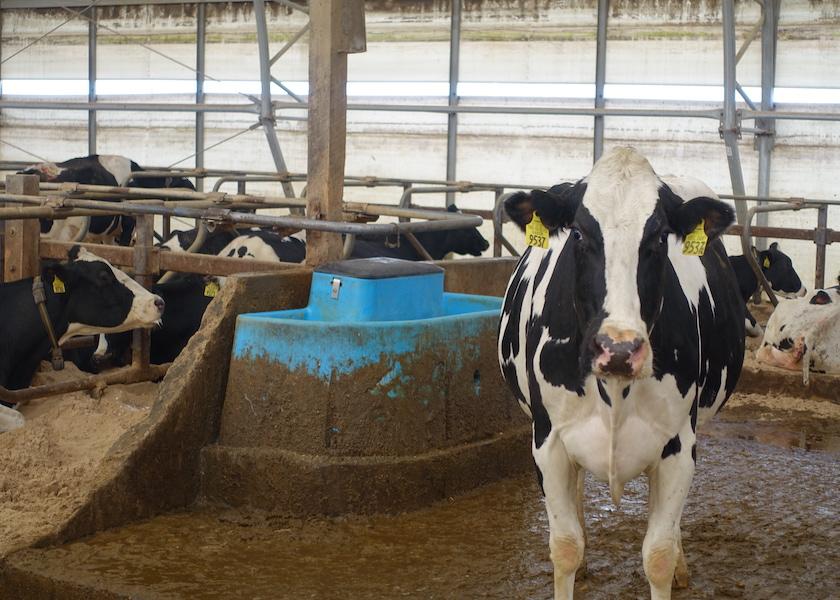Managing and Measuring Heat Stress

The time of consistent heat stress is upon us. Heat-stressed cows produce less milk, have reduced fertility, and have higher SCC. Providing proper heat abatement can have both an economic and welfare impact on the farm.
When do cows experience heat stress?
All cows produce heat by digesting feed and producing milk. They also absorb heat from their environment. Both air temperature and humidity can impact when a cow enters heat stress. A Temperature Humidity Index estimates levels of heat stress considering both factors. For example, cows can experience heat stress at temperatures as low as 72 degrees with 40% humidity. High-producing cows can be under heat stress at 68 degrees.
Where to provide heat mitigation?
Increased respiration rate, panting, and bunching in groups are signs of heat stress. Heat mitigation should be implemented well before physical symptoms are shown.
Cooling systems should be provided to every age group on the farm. We mostly think about lactating cows because of decreased milk production and fertility concerns. However, the holding pen is one area in the lactating group where heat mitigation is under-provided. Some cows can spend up to 4 hours in the holding pen daily, but holding pens are often hard to ventilate naturally. Therefore combining fast-moving air and a soaking system is often best for holding pin areas.
Though we are not worried about milk production in dry cows or heifers, heat stress can impact future productivity and the unborn calf. Heat stress on the dam can affect the developing fetus's survival and future health and production.
How to tell if heat mitigation is effective?
Determining how well a farm is at managing heat stress can be difficult. One way to gauge heat stress mitigation is by using a summer-to-winter ratio. To calculate a summer-to-winter ratio, divide a summer production variable (milk production, pregnancy rate) by a winter production variable. Averages across summer and winter months or specific time points can be used in the calculation. The goal is to have a ratio close to one. A ratio of one would mean that the farm is not experiencing a heat stress slump. As a caveat – milk production ratios tend to be less than one. However, ratios for somatic cell count tend to be greater than one as somatic cell counts are typically higher in the summer months.







